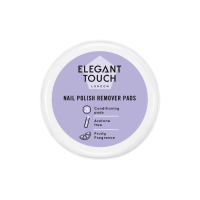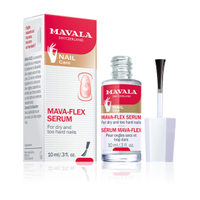Is acetone bad for your nails? The experts explain once and for all
It's got a rep, but is acetone bad for your nails according to nail technicians?
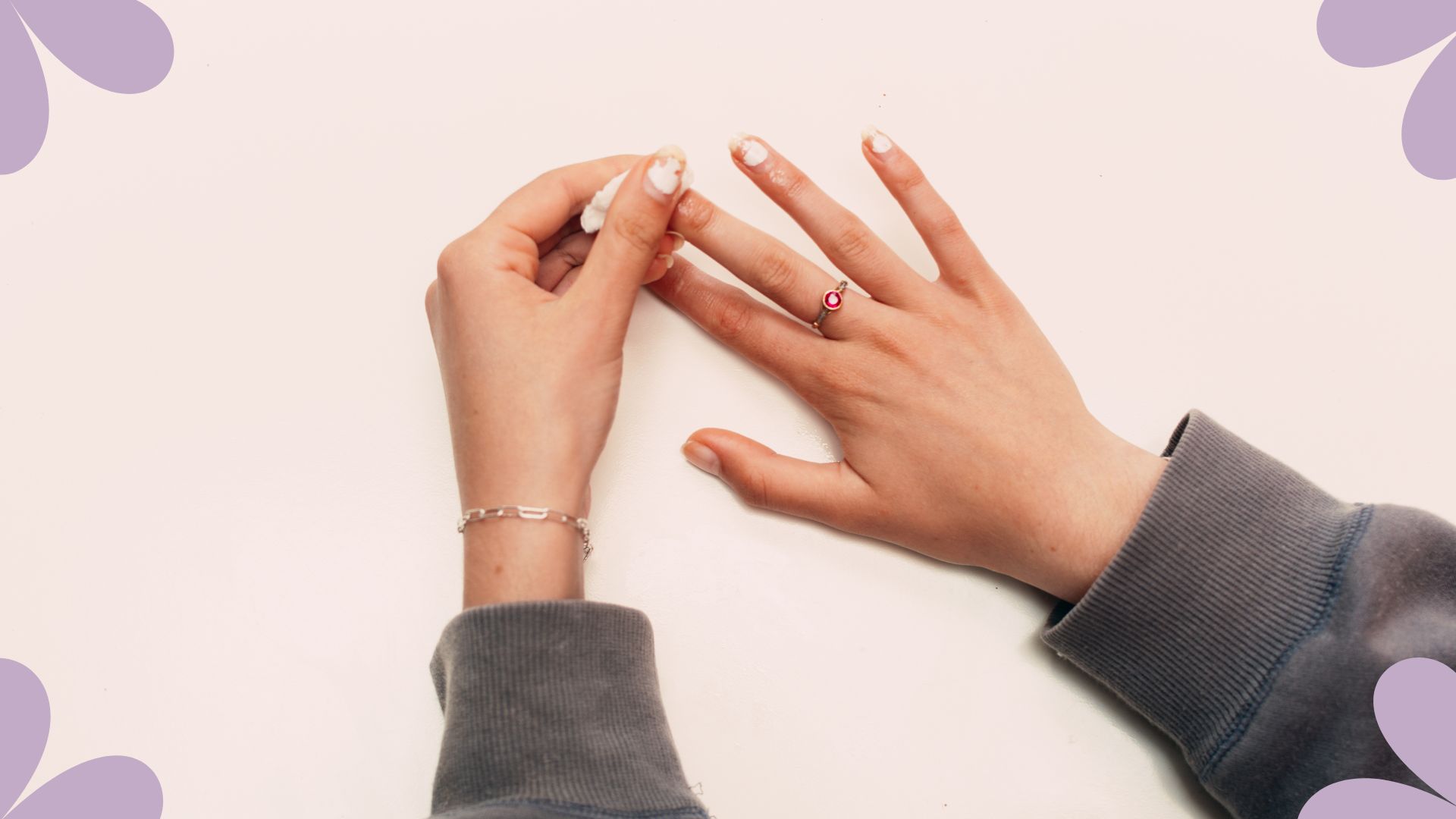

If you're wondering is acetone bad for your nails, that probably means you're no stranger to a manicure – be it DIY or a salon treat.
It's a generally-accepted Faustian pact that making our dream nail designs a reality comes with a bit of damage on the side. Perhaps you're worried about harsh chemicals in your favorite fall nail designs and colors. Or maybe you're no stranger to the flaky after-effects of ignoring how to remove gel nails at home and using the picking method instead (side note: not a real method.)
Probably the most widely-known nail health villain is acetone. This chemical solvent has been used for decades to dissolve nail polish, but for almost as long experts have warned of it's damaging effects. The mere existence of acetone-free remover suggests there's just cause to seek an alternative, yet most brands and salons still offer acetone removers as standard. It's confusing stuff, so we asked the experts, is acetone bad for your nails, and if so what's the alternative? This was what they had to say.
Is acetone bad for your nails?
This is easy to answer, because every expert we spoke with agreed that it is – or at least can be. "Yes, acetone can absolutely damage your nails," explains Mavala's nail care expert, Lynn Gray. "Acetone is a powerful chemical solvent which can cause peeling and splitting of the nails. It can also make the nails brittle due to its drying effect."
But before you throw your nail varnish remover in the bin, Elegant Touch Nail Tech Sara Sordillo believes that acetone issues can arise from how you use it. "Acetone is drying but shouldn’t cause damage if used properly," explains Sordillo. "Use it occasionally when you need to remove polish, gel, or false nails. Then, if you are not applying any nail products after removal, immediately apply nail oil to hydrate what was lost."
Which is better, acetone or non acetone?
If the answer to "is acetone bad for your nails?" is a resounding yes, shouldn't everyone just switch to acetone-free removers? It's a little more complicated than that, explains Sordillo. "Non-acetone is great at home for removing regular nail polish on hands and feet. It will take slightly longer than acetone but it’s worth it." Some nail services, however, do require the dissolving power that only acetone can offer. "It will not remove gel or false nails immediately but can melt and start the process of lifting which can cause damage," explains Sordillo.
Gray agrees that for regular varnish, non-acetone is absolutely the best option, "Remover that doesn’t contain acetone is perfect for sensitive skin and fragile nails as it does not have the same drying effect. However, it may take a little longer to soften and remove the nail polish so will require a little more patience."
Sign up to our free daily email for the latest royal and entertainment news, interesting opinion, expert advice on styling and beauty trends, and no-nonsense guides to the health and wellness questions you want answered.
How do I protect my nails with acetone?
If you're a fan of hard-wearing services such as Biab or dip powder nails, or tend to switch between gel vs acrylic manicures, then acetone is ultimately what will get the color off (although professional salon removal is better) In these cases, paying a little bit of extra attention to nail care can make a world of difference.
If you're not planning on painting them again immediately, focus on aftercare. It's never a bad idea to take a break from color now and then to apply the best nail strengtheners instead. "A nail serum will maintain and restore moisture to maintain flexibility to the nail plate," explains Gray. "I’d also recommend a nourishing nail cream to further help rehydrate the nails."
If bare nails really aren't your thing, that's ok. A few prep steps and learning how to paint your nails with care can make a world of difference. "If you’re using acetone then applying nail polish, use a nourishing base coat, two layers of color, and a top coat," advises Sordillo, who concludes that we should always "finish with cuticle oil to help hydrate the dehydrated areas."
Our favorite products for a caring manicure
Elegant Touch Nail Polish Remover Pads | RRP: $3 / £2.15
Acetone-free and ultra handy, these effective remover pads have a fruity perfume that's far more pleasant than your average remover.
Mavala Mava-Flex Serum | RRP: £19 (UK only)
Packed with skincare ingredients like hyaluronic acid and vitamin B5, this clear serum softens and strengthens a dry, brittle nail plate.
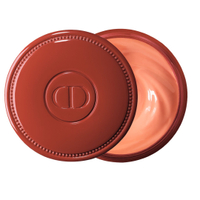
Dior Crème Abricot | RRP: $32 / £26
If a nail cream could ever be called iconic, then this is that. Beautifully softening on nails and cuticles with a delicious scent, it's currently housed in a chic red pot for Autumn-Winter 2022.
- Dior Crème Abricot Nail Cream FOR $27.59 at Nordstrom (US)
- DIOR CREME ABRICOT Nail Creme for £25 at Boots (UK)
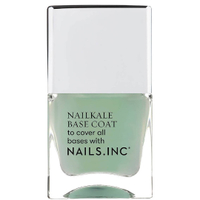
Nails Inc Nailkale Base Coat | RRP: $15 / £15
This healthy, vitamin-packed base coat is perfect for protecting post-removal, and pre-repainting nails. Don't worry about the color, it goes on clear.

OPI Pro Spa Nail & Cuticle oil | RRP: $14 / £12.80
Keep this on your desk, bedside table, or in your handbag and pop it on parched cuticles every time you remember. It'll take 10 seconds and do your nails the world of good.

As woman&home's Beauty Channel Editor, Fiona Mckim loves to share her 15+ years of industry intel on womanandhome.com and Instagram (@fionamckim if you like hair experiments and cute shih-tzus). After interning at ELLE, Fiona joined woman&home as Assistant Beauty Editor in 2013 under industry legend Jo GB, who taught her to understand ingredients and take a cynical approach to marketing claims. She has since covered every corner of the industry, interviewing dermatologists and celebrities from Davina McCall to Dame Joan Collins, reporting backstage at London Fashion Week and judging the w&h Beauty Awards.
